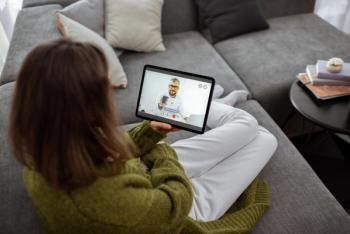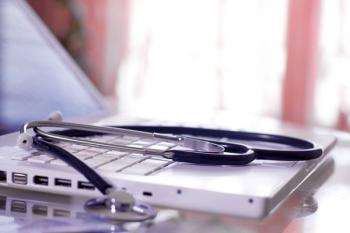
The COVID-19 pandemic has been a moment of truth for telehealth, and, by most accounts, the technology is rising to the challenge.

The COVID-19 pandemic has been a moment of truth for telehealth, and, by most accounts, the technology is rising to the challenge.

The pandemic's effect on the mental health and addiction communities has been severe. Luckily, there's a temporary solution: telemedicine.

We can make treatment work during this pandemic, no matter how or where, even if it is from the bathtub with the door locked. Listen as Dr Turban talks more.

Dr Aiken gives tips to feel more connected to your patient and become more aware of their lives.

The are many elements to consider during this massive migration to telepsychiatry. Nonverbal, physical, and socioeconomic factors are all significant considerations of the shift in frame.

How can telepsychiatry improve quality and access to care as well as reduce physician burnout? Telepsychiatry pioneers joined Chris Aiken, MD to discuss tips and tricks in making it work for you.

My initial glance before my patient sees me usually tells me a lot about how they are doing and what to expect during the appointment.

Until a study demonstrates the non-inferiority of home-based telepsychiatry, the standard of care outside of a public health emergency requires patients to be seen face to face in an office, or with a nurse present at federally qualified health centers with a telepsychiatry set up.